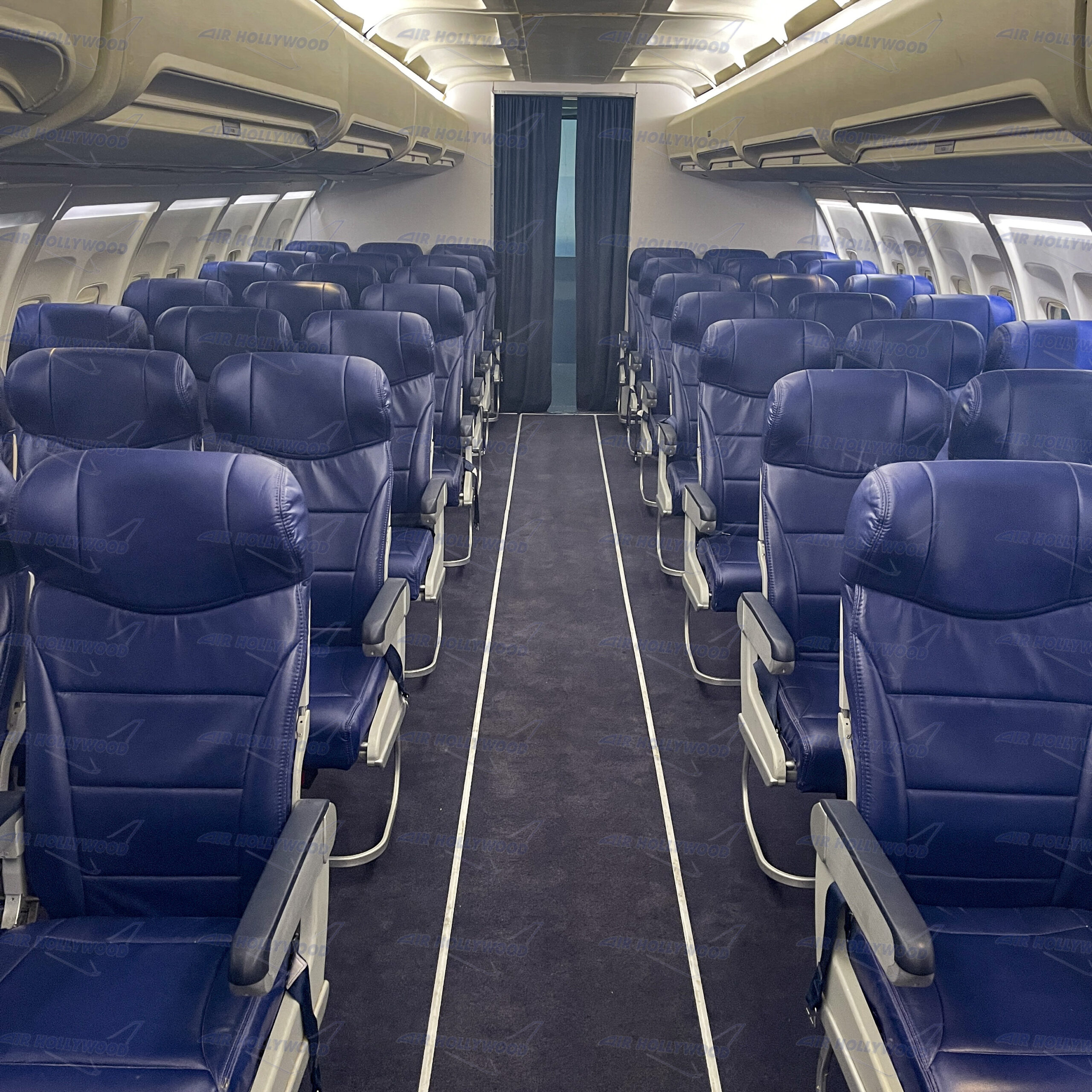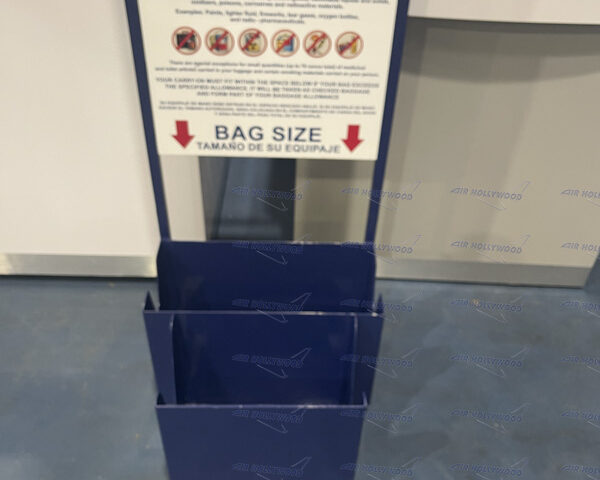Legends of the Sky: Celebrating the Pioneers and Innovators of Aviation History
May 1, 2024
The Importance of Air Traffic Control: Ensuring Safe Skies and Efficient Air Travel
June 5, 2024Introduction: The life of an airline pilot is often viewed with a mix of fascination and curiosity. While the allure of flying high and traveling to exotic destinations is undeniable, the daily routine of an airline pilot involves much more than meets the eye. Join us for an exclusive behind-the-scenes look at a day in the life of an airline pilot, revealing the responsibilities, routines, and challenges they face to ensure safe and efficient flights.
Morning Routine: Preparation Begins Before Sunrise For many airline pilots, the day begins well before sunrise. The early hours are crucial for preparing both physically and mentally for the day ahead.
- Pre-Flight Preparation:
- Pilots start their day by reviewing the flight plan, checking weather conditions, and analyzing any notices to airmen (NOTAMs) that might affect their flight. This preparation ensures they are fully informed about the route, potential hazards, and any special considerations for the day.
- Health and Fitness:
- Maintaining good health and fitness is essential for pilots. A balanced breakfast, light exercise, and proper hydration are integral parts of their morning routine to ensure they are alert and ready for the day’s demands.
Pre-Flight Briefing: Collaboration and Coordination Before boarding the aircraft, pilots participate in a pre-flight briefing with the flight crew and ground staff.
- Crew Briefing:
- The captain and first officer, along with the cabin crew, discuss the flight plan, weather conditions, and any specific instructions or contingencies. This briefing ensures that all crew members are on the same page and prepared for a smooth operation.
- Aircraft Inspection:
- Pilots conduct a thorough pre-flight inspection of the aircraft, checking critical systems and controls to ensure everything is functioning correctly. Safety is the top priority, and this inspection helps identify and address any potential issues before departure.
In the Cockpit: Precision and Focus Once onboard, pilots settle into the cockpit and prepare for takeoff. The hours spent in the cockpit demand precision, focus, and seamless coordination between the captain and first officer.
- Pre-Flight Checks:
- Pilots perform a series of pre-flight checks, including verifying instrument readings, setting navigation systems, and ensuring communication with air traffic control (ATC) is established.
- Takeoff and Climb:
- After receiving clearance from ATC, pilots guide the aircraft through takeoff and climb phases. This period requires intense concentration and precise control to ensure a safe ascent to cruising altitude.
- Cruise Phase:
- During the cruise phase, pilots monitor the aircraft’s systems, communicate with ATC, and make necessary adjustments to maintain the planned route and altitude. This period also allows for brief moments of rest and meal breaks, though constant vigilance is required.
Challenges and Problem-Solving: Unexpected Situations A significant part of an airline pilot’s job involves managing unexpected situations and making quick, informed decisions.
- Weather Changes:
- Pilots must navigate changing weather conditions, such as turbulence or storms, and make real-time decisions to ensure passenger safety and comfort.
- Technical Issues:
- In the event of technical malfunctions, pilots work closely with ground engineers and follow established protocols to address and resolve issues promptly.
- Passenger Emergencies:
- Pilots, along with the cabin crew, are trained to handle medical emergencies or other passenger-related incidents, ensuring that appropriate measures are taken swiftly.
Landing and Post-Flight Duties: Bringing the Journey to a Safe Conclusion The final stages of the flight involve preparing for landing and completing post-flight duties.
- Descent and Landing:
- Pilots coordinate with ATC for descent and landing, following precise procedures to ensure a smooth and safe approach to the destination airport.
- Post-Flight Checks:
- After landing, pilots conduct post-flight checks, debrief with the crew, and complete necessary documentation. This process ensures that any issues encountered during the flight are recorded and addressed.
- Rest and Recovery:
- Adequate rest and recovery are vital for pilots, especially those flying long-haul routes. Time spent resting and recharging between flights is crucial for maintaining peak performance and safety.
Conclusion: The Life of an Airline Pilot The life of an airline pilot is demanding yet rewarding, filled with a blend of routine responsibilities and unexpected challenges. Their dedication to safety, precision, and effective communication ensures that passengers reach their destinations safely and efficiently.
As we gain a deeper understanding of the daily life of airline pilots, we can appreciate the skills, commitment, and professionalism required to excel in this high-flying career. The next time you board a flight, take a moment to acknowledge the pilots who work tirelessly behind the scenes, making air travel possible for millions around the world.
Safe travels!

